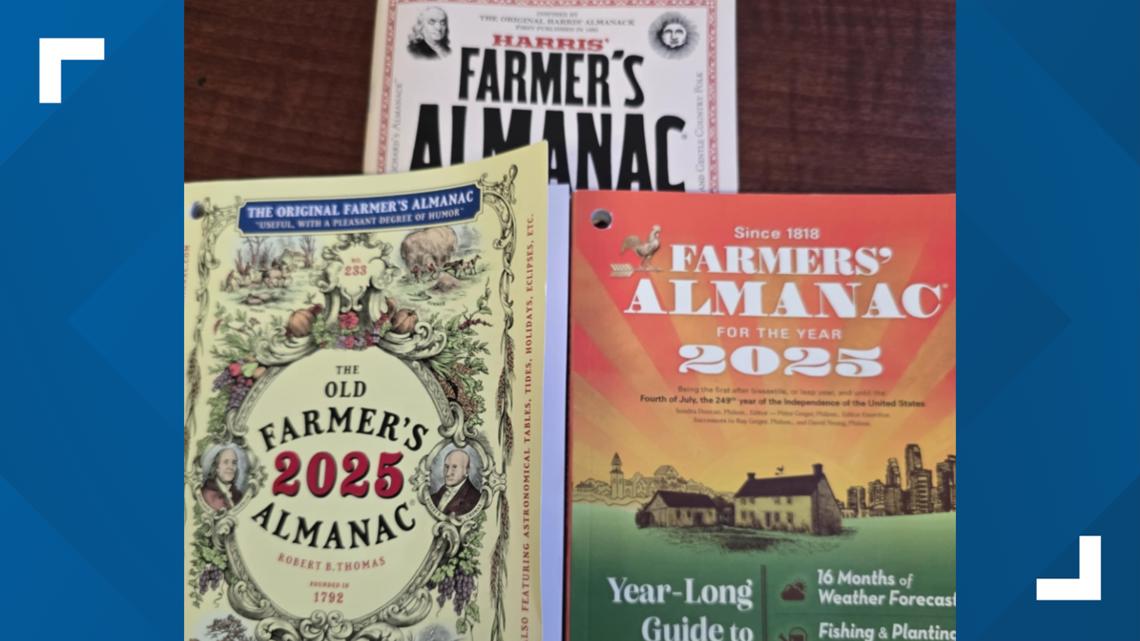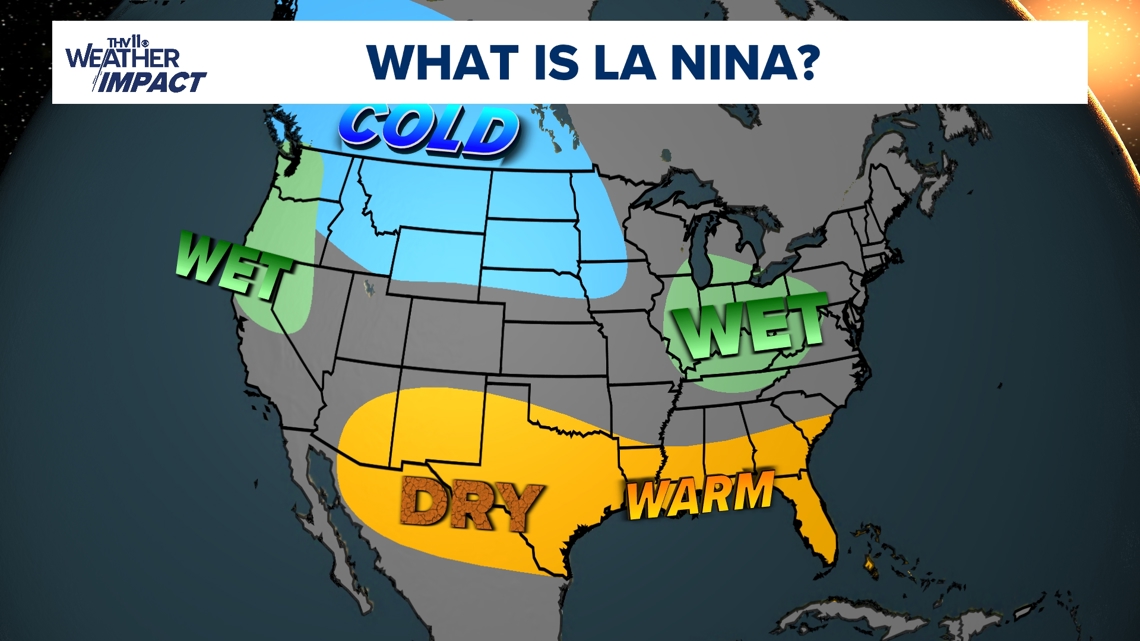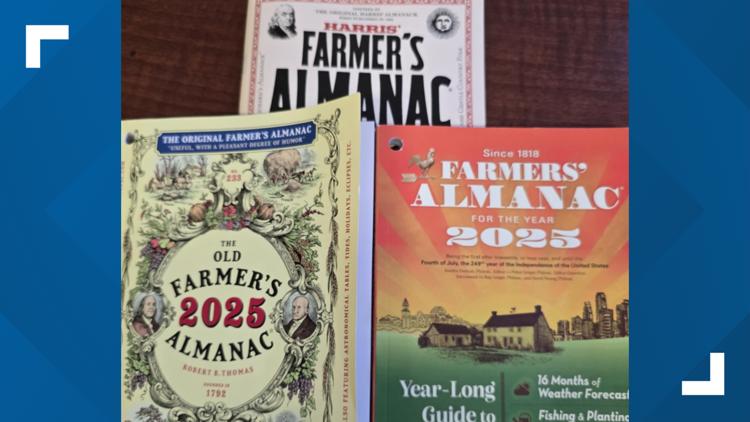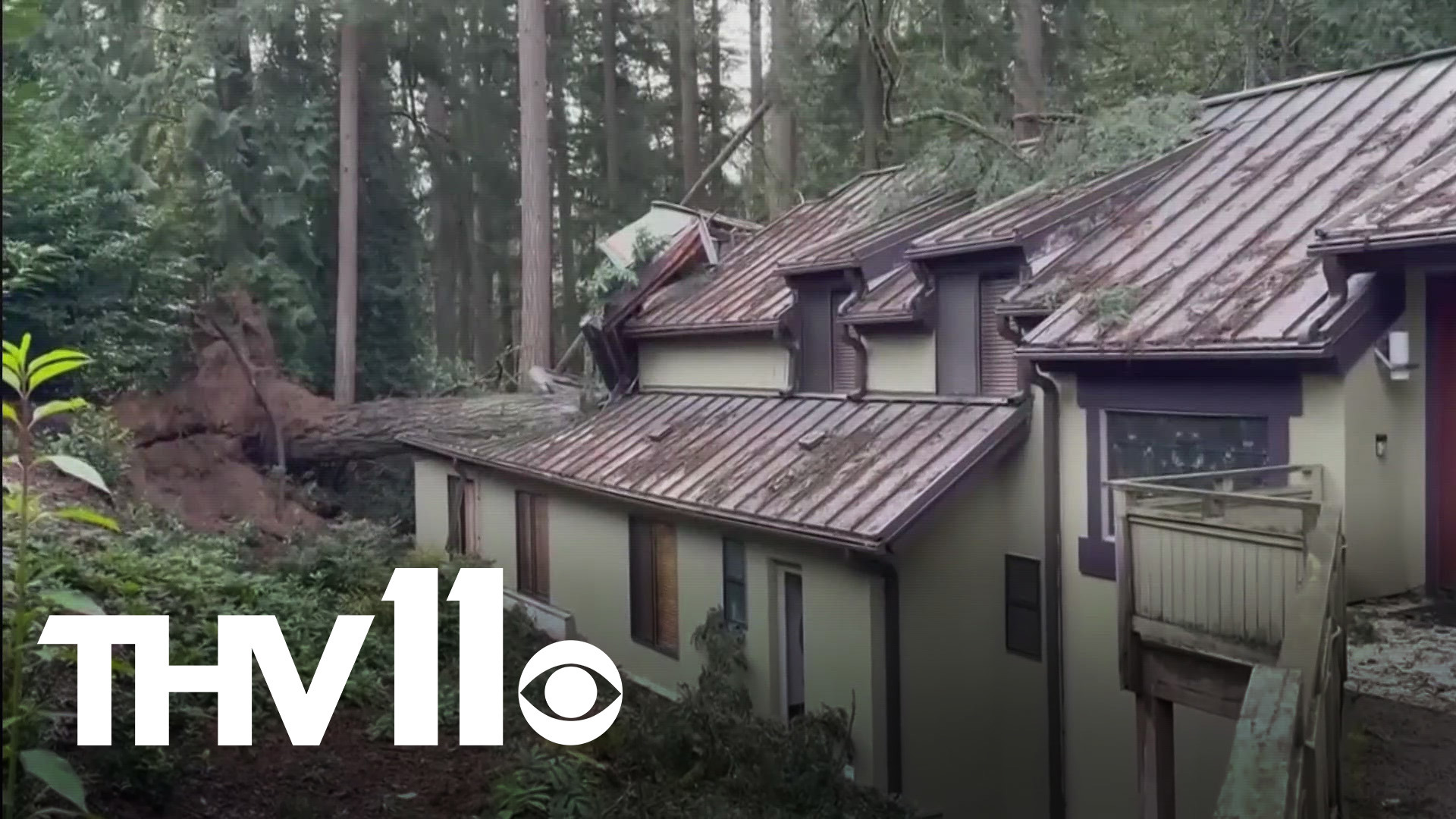LITTLE ROCK, Ark. — Almanacs are popping up on store shelves that claim to give you reliable information on the details of when an arctic blast may arrive or when to get the snow shovels out.
There are several types of almanacs to choose from, each containing specific long-range forecasts for different regions across the country.


One of the most sought-after almanacs is the ‘Old Farmer’s Almanac’. This book was started in 1792 by Robert B. Thomas and provides forecasts for 18 regions of the United States.
Another popular choice is the ‘Farmers’ Almanac’, which started in 1818 and provides forecasts for seven regions across the country.
Both almanacs claim to be accurate— ‘The Old Farmers Alamac’ states that their traditional average is 80%, while 'The Farmer’s Almanac' also claims to have a high accuracy rate.
The publishers of the books use a secret formula involving moon phases, solar cycles, and atmospheric oscillations to provide their forecasts.
Atmospheric oscillations include La Niña, El Niño, or Neutral El Niño Southern Oscillation. These involve the cooling or warming of the Eastern Pacific Ocean near the Equator off the coast of South America.
These changes occur year to year and affect the position of the jet stream because the location of rising and sinking air across the globe shifts.
For example, a La Niña year typically is drier and warmer in the South and wetter in the Pacific Northwest. Another trend is cold air is more frequent in Western Canada through the Northern Plains.




An El Niño year is wetter in the Southwest through Texas and drier in the Ohio and Tennessee Valleys. Meanwhile, the polar jet stream stays in NE Canada most of the season, leading to a warmer winter through the Canadian prairies and the Northern Plains.
Oscillations are only a small part of the equation to figure out what the weather pattern will produce because variability occurs within each oscillation.


For example, from 2020 to 2023 we had three consecutive La Niñas, and the snow totals in Little Rock were greatly different.
The first La Niña produced record snowfall in February of over 20”. The next year we had slightly over the seasonal average of 3.8”. In the final year, only a tenth of snow was measured at Little Rock.
As for arctic blast invasions, the coldest temperature recorded at Little Rock in 2021 was -1 degrees in February. The coldest temperature for the winter of 2021-2022 was 17 in January. During the 2022-2023 season, we reached a low of 2 in December.
With that said let’s see how the ‘Old Farmer’s Almanac’ performed last year on some key dates that readers in Arkansas would be interested in, such as Thanksgiving and Christmas.


The Thanksgiving forecast was predicted to be warm. However, temperatures plunged into the 20s and 30s that week.
On the opposite end, Christmas was supposed to be chilly, but the high temperatures soared into the 60s on Christmas Eve.
The snow forecast was also a miss. If you were looking for a snowstorm on January 26-31 you were disappointed, because there was none.
The bottom line is that almanacs are a great resource for astronomy, planting, cooking, and even some weather. However, when it comes to winter prediction forecasts, the scorecard on accuracy is low.
Forecasting the myriad of factors that affect the weather week by week is impossible to predict with specific dates.
I’ll be keeping track of how this year’s forecast from the Farmers’ Almanac and ‘The Old Farmer’s Almanac fare this time.
The ‘Old Farmer’s Almanac’ is forecasting a cold Christmas and the first snow in mid to late January. Only time will tell…


